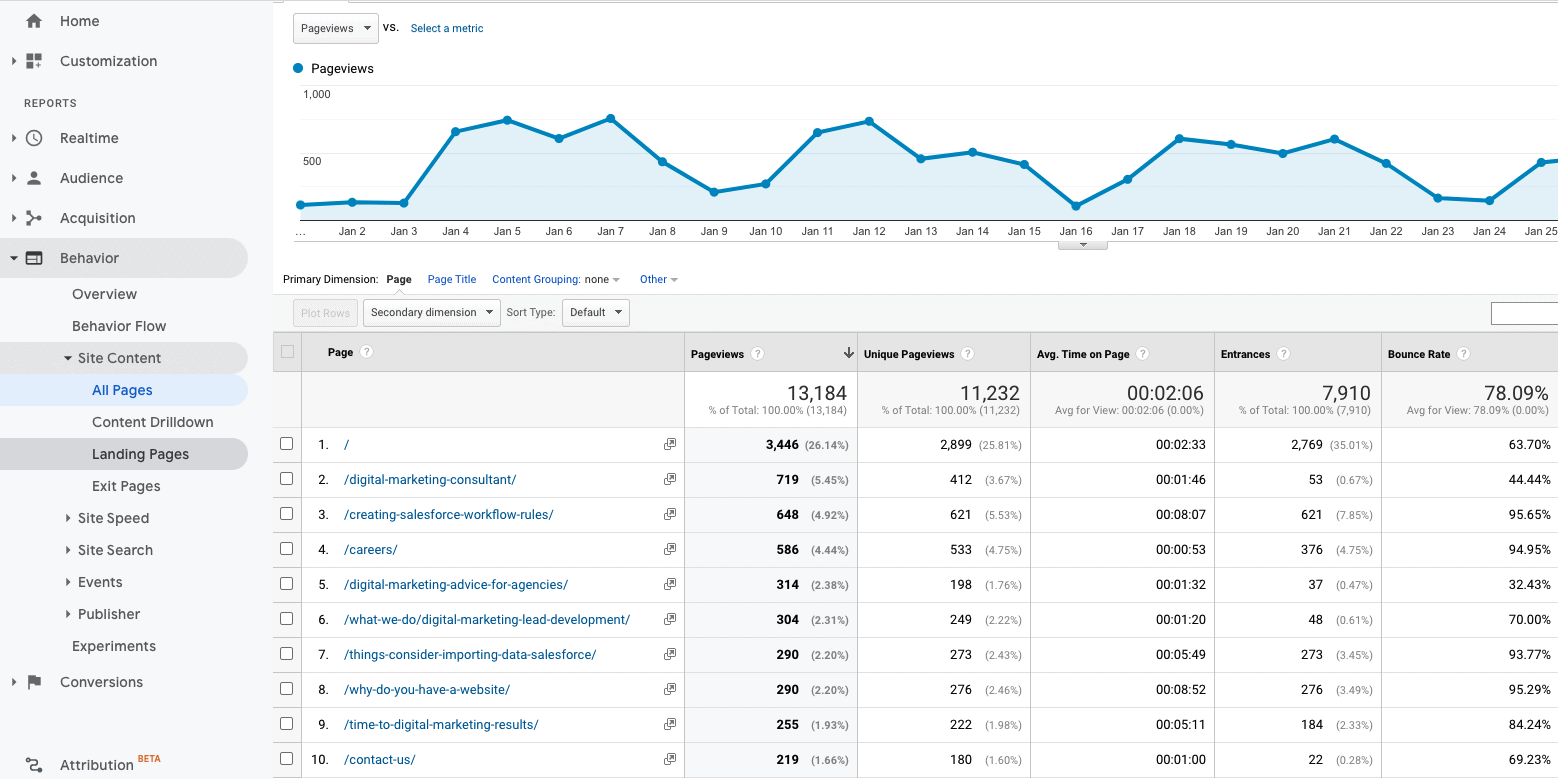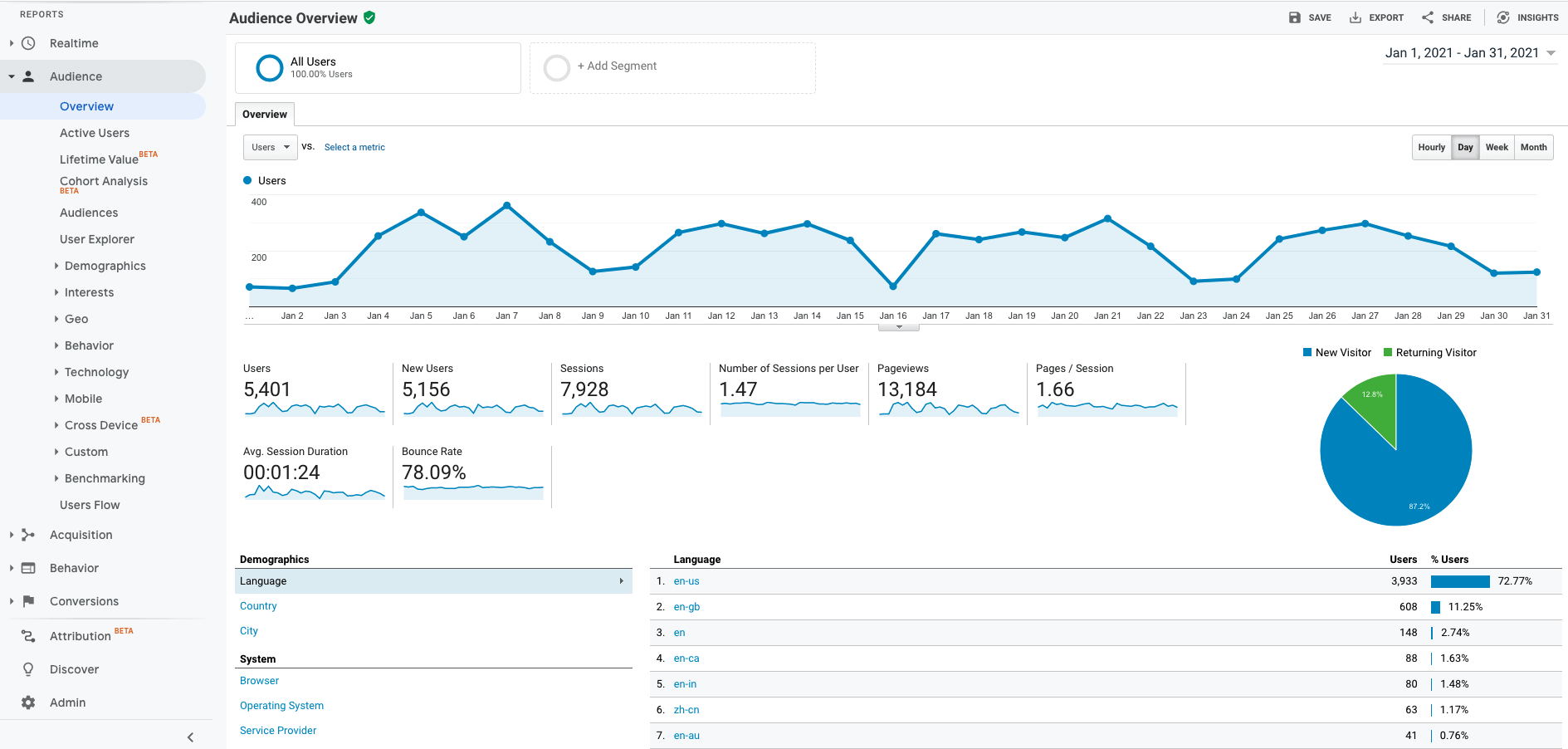Understanding who your firm’s target audience is and what they’re looking for is the first step to creating and publishing effective content. More and more content is jockeying for position in search results and readers’ attention. As a result, your target audiences have grown much more discerning about the content they seek out. However, leveraging the right target audience tools, such as your firm’s Google Analytics account, can empower you to produce content people want to read and interact with.
You might have a good idea about who your target audience is. However, that doesn’t always make its way to your content strategy. Many firms fall into the trap of only promoting themselves through their content, or going right in for the hard sell. But your audience may not be looking to buy at that moment. They may not even be ready to talk to you or even realize they have a problem in need of a solution.
How to Identify Target Audiences
Start by identifying how your organization’s unique insights can best provide helpful information long before someone is ready to buy. In other words, demonstrate your expertise and prove yourself invaluable to your audience from the first time they research a problem to when they begin evaluating their best options.
Examine the prospects and customers you already have and start looking for similarities. What are the common job titles or positions you interact with most? What areas of your expertise or specific services do they inquire about most often? Are you hearing the same concerns repeatedly?
Answer these questions for every audience relevant to your firm’s offering. You might have several. For example, a software company may need to appeal to the C-suite, designers, and tech leads. Each is its own audience with different concerns and questions.
Using Google Analytics to Create Target Audiences
Nailing down your target audience should start with your firm’s experience and insights. But exploring a few key metrics within your site’s Google Analytics account can also shed light on the content that’s truly resonating with your audience and help you identify what’s misfiring.
You don’t need to be an Analytics expert. Start with these areas and see what insights emerge.
Behavior
This is a great place to start understanding how your audience moves around your site. Navigate to the Site Content dropdown and select All Pages. From here, you can identify which pages receive the most views and the time your audience spends there.

Look through your past content. Do certain topics perform better than others? What questions are these posts answering? How do these insights align with what you believe your audience cares most about?
Audience
As you examine each of these reports, ask yourself: Do they corroborate what you already know about your audience? Do they skew in a different direction than you expected? Are you surprised by anything?
If anything feels amiss or doesn’t line up with the audience you want to reach, you’ll probably need to adjust the content you’re writing in the future.

The Audience tab has a wealth of subcategories to help you gain clearer insight on who’s interacting with your content. Here are some great places to start analyzing:
- Demographics – Age and gender breakdowns of your audience. If your experience tells you these demographics favor certain age groups, is that evinced in your metrics?
- Interests – How your audience spends time online. The three subcategories (Affinity, In-Market Segments, and Other Categories) can help inform not only your audience personas, but the messaging they care most about through past searches and browsing history. Does the information here align with some of those deeper questions?
- Geography – Where your visitors are accessing your content and what language they’re speaking. If your audience is confined to a specific country, region, state, or even city, this tab will give you a clear indication of whether or not you’re hitting the mark. Conversely, national or international firms can get a sense of where content performs best.
- Behavior – The breakdown of first time and recurring visitors to your site. What does this ratio look like for your site? Is your content giving visitors a reason to visit again? This section also gives you an idea of how often visitors returned to your site as well as how many pages they visited (frequency). The next tab over shows you the days in between these visits (recency). Are you creating content your audience can’t live without? Are they coming back for more?
Writing for Your Target Audience and Measuring Results
The insights you’ve gathered from Google Analytics, plus the audience targeting sessions you’ve done, should start to paint a clearer picture of who you’re writing content for. Gauging your content’s efficacy is the next step.
Revisiting Google Analytics to periodically review these metrics can reveal how your targeted approach is paying off. However, connecting the dots between your exact target audience and the content they’re consuming isn’t so straightforward.
Newfangled’s Insight Engine gives firms (and ourselves) a more refined way to understand the power of their content. By tagging your content in your CMS with a few strategic parameters, you can easily understand how you’re performing for each audience you’re targeting.
You can definitively track audiences by total page views, conversions, organic search sessions and time on page all through easy-to-digest infographics. You can see which audiences your content resonates with most, and which audience need some extra attention.
Listen to what your metrics are telling you about your target audiences.
By taking time to decipher your target audience analytics, you’ll be empowered to create more meaningful content that truly resonates and establishes your firm as the ideal destination for the information folks are searching for.
